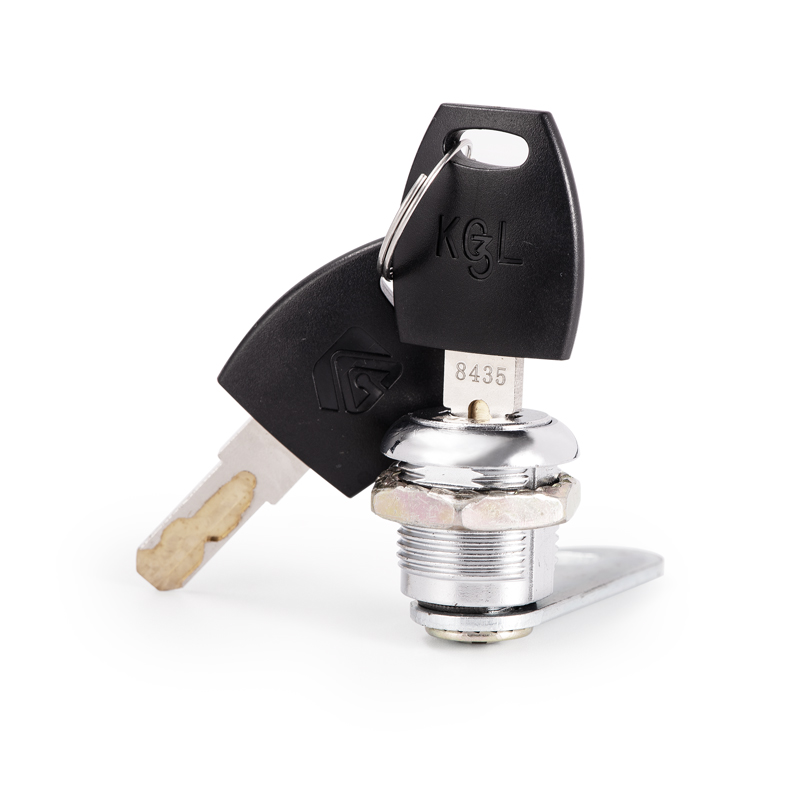Inspect the Key: Begin by conducting a meticulous inspection of the key. Look for physical signs of damage, such as bends, cracks, or wear on the key's teeth. A worn key may not align properly with the lock's internal pins, preventing smooth engagement. Use a magnifying glass if necessary to closely examine the key's profile. Additionally, check for any debris, such as dirt or lint, that may have accumulated in the key grooves. If the key shows signs of significant wear or damage, consider obtaining a new key from a reputable locksmith. Ensure the replacement key is cut using precision equipment to guarantee accurate dimensions, which is crucial for optimal lock performance.
Clean the Lock: Regular maintenance of the lock is essential for smooth operation. Begin by removing any visible debris from the exterior of the lock using a soft brush or cloth. For the internal mechanism, use a high-quality lock lubricant—preferably graphite powder or a silicone-based spray, as these are designed to reduce friction without leaving a sticky residue. Avoid using oil-based lubricants, as they can attract dust and grime over time. To apply the lubricant, carefully insert the nozzle into the keyway and deliver a small amount. After application, insert the key multiple times, turning it gently to distribute the lubricant evenly throughout the internal components. This process not only alleviates stiffness but also prolongs the life of the lock by minimizing wear on moving parts.
Check Alignment: Assess the alignment of the lock in relation to the door and the strike plate. Misalignment can occur due to settling doors, improper installation, or wear on the hinges. Use a level to verify that the lock is flush with the door surface. If there’s a misalignment, first examine the hinges for any signs of wear or damage; tightening or replacing them may resolve the issue. If the lock itself is misaligned, loosen the screws securing it to the door and make necessary adjustments before retightening. Ensuring proper alignment is crucial as it prevents undue stress on the lock mechanism, facilitating smoother key operation.
Examine the Core: Inspect both the core and the housing for any signs of dirt, corrosion, or physical damage. Use a soft cloth to wipe down the surfaces and remove any buildup. Pay particular attention to the pins within the core, ensuring they are free of obstruction and able to move freely. If the core has become excessively worn or damaged, replacing it may be necessary. Ensure that any new core is compatible with your existing lock system to maintain security integrity.
Test the Core: After cleaning, carefully reinsert the core into the housing. Engage the locking mechanism and test the functionality of the lock with the key. If you encounter resistance or difficulty removing the core, inspect the housing for any foreign objects that may have lodged inside. Verify that the core is seated correctly; an improperly seated core can cause significant operational difficulties. Testing the lock after each maintenance step helps pinpoint the source of the problem and ensures that all components are functioning as intended.
B801 THREE-LEVEL MANAGEMENT LOCK



 English
English 中文简体
中文简体
















